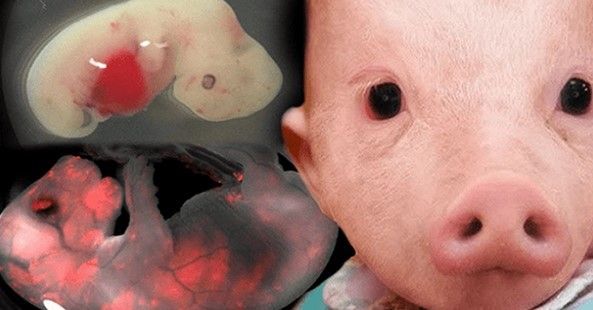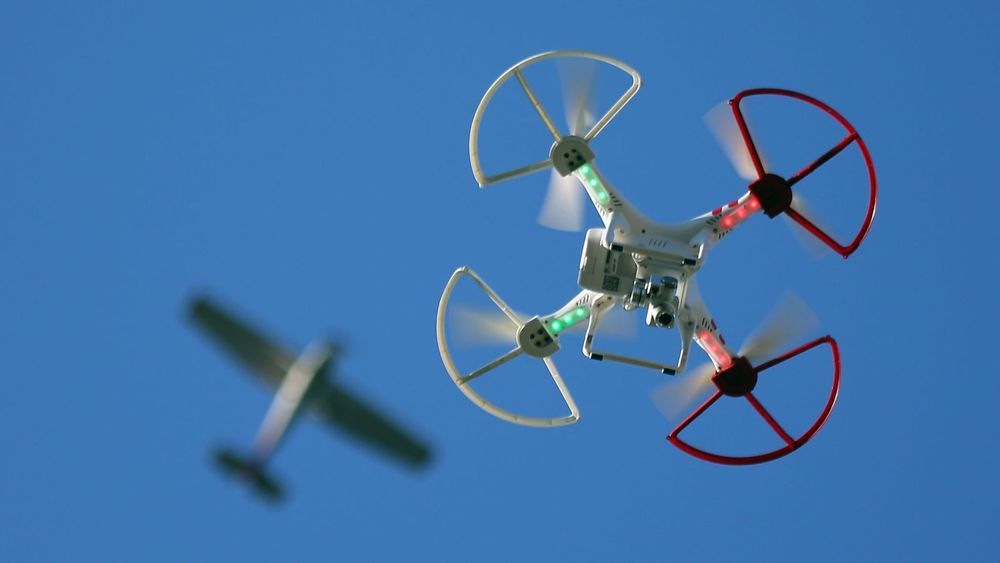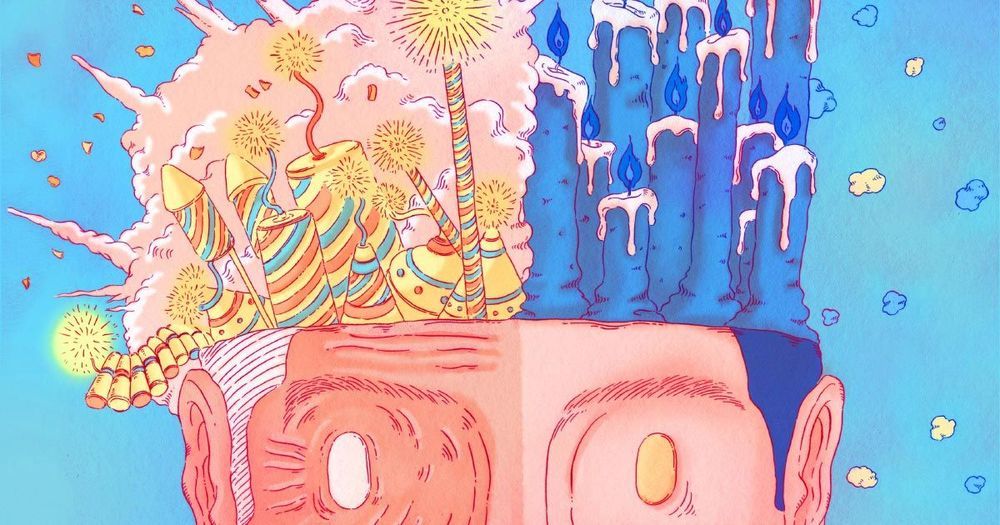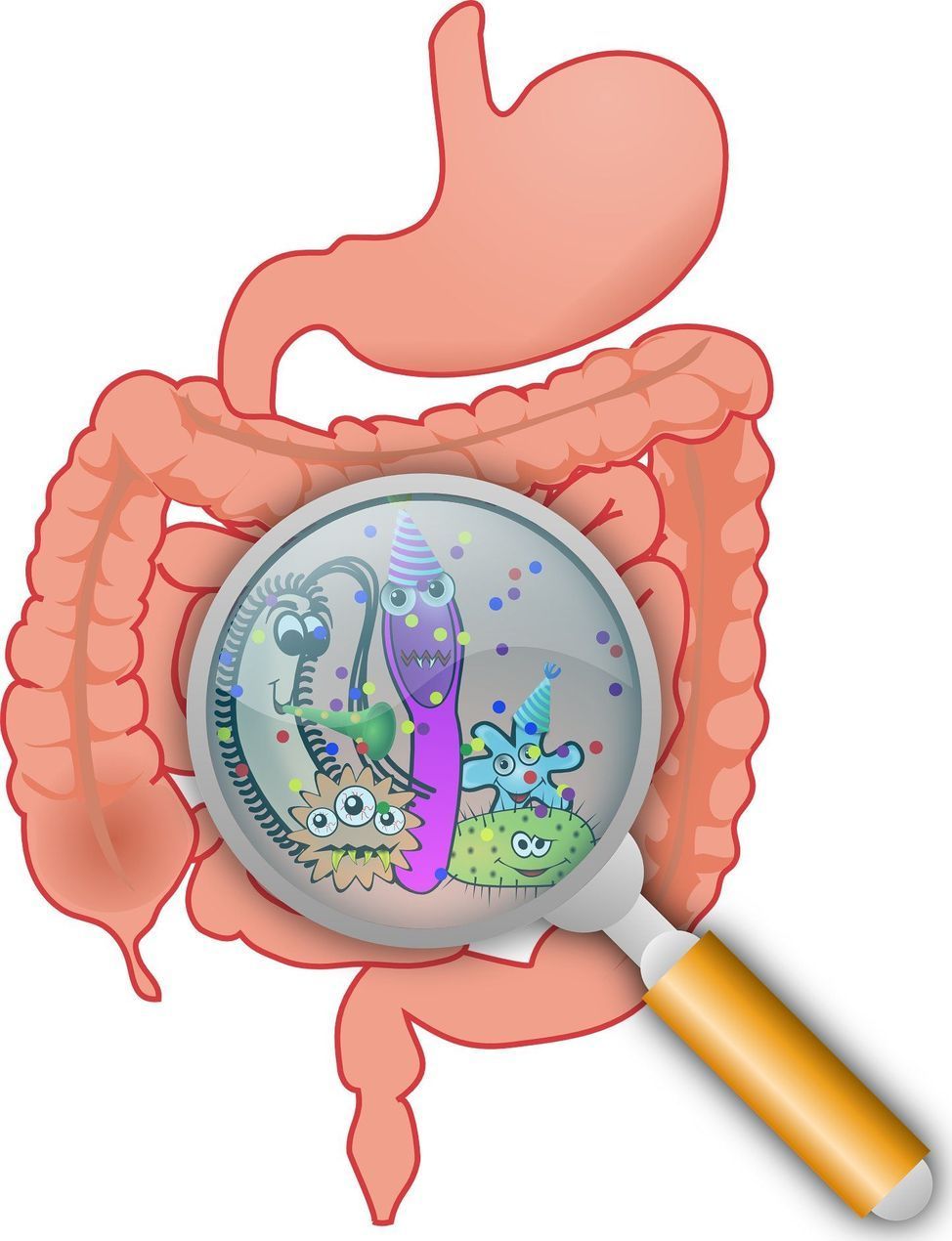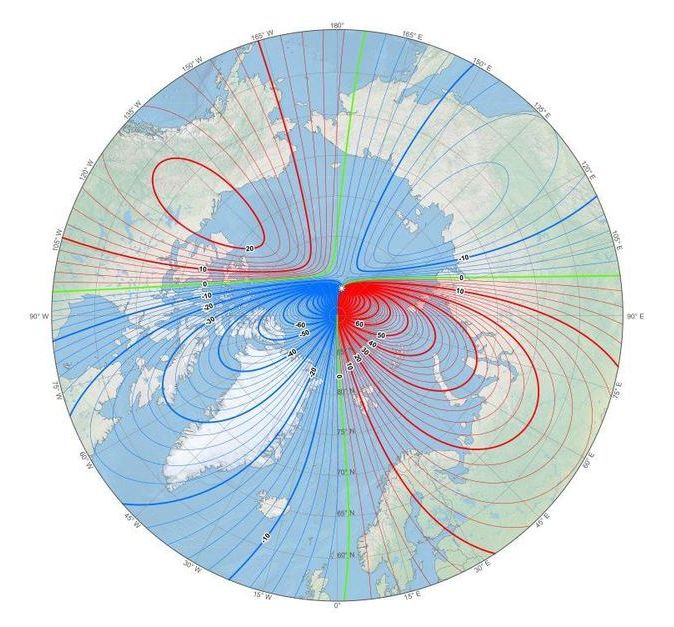
Earth’s magnetic North Pole has drifted so fast that authorities have had to officially redefine the location of the magnetic North Pole. The extreme wandering of the North Pole caused increasing concerns over navigation, especially in high latitudes.
Earth’s magnetic field is known to have wandered and flipped in the geologic past. Earth’s magnetic field is a result of spinning molten iron and nickel 1,800 miles below the surface. As the constant flow of molten metals in the outer core changes over time, it alters the external magnetic field.
What we’ve seen in the past hundred years is that the location of the magnetic North Pole has moved northward. That migration of the magnetic North Pole was switched into overdrive in the past few years, causing the pole to rapidly move. The increased speed with which the magnetic North Pole has moved prompted authorities to officially update its location. The official location of the magnetic poles is specified by the World Magnetic Model, which acts as the basis for navigation, communication, GPS, etc. around the globe.


